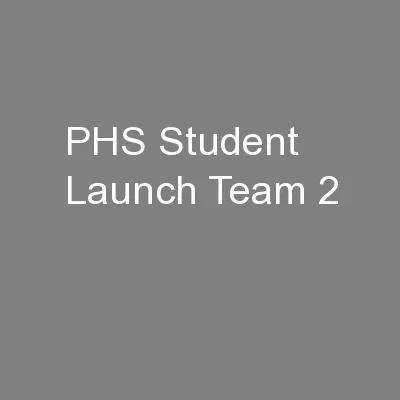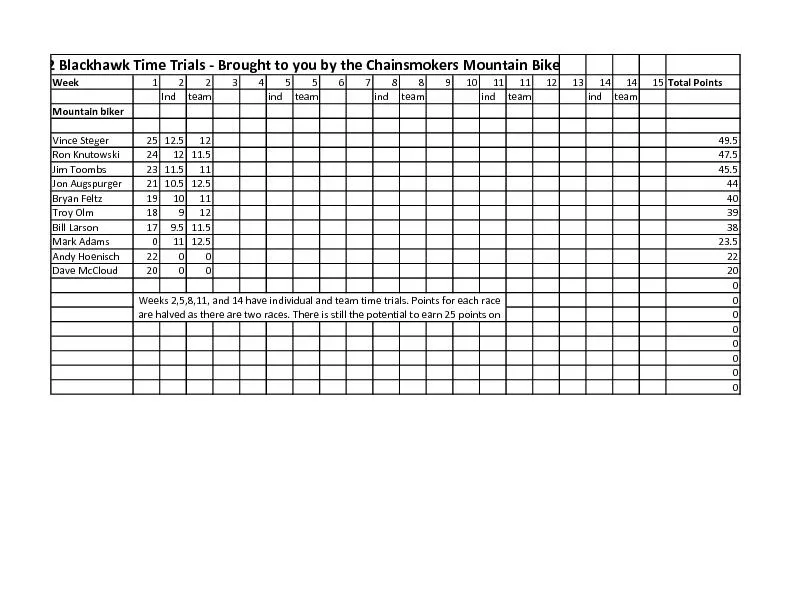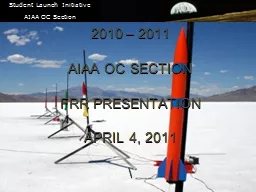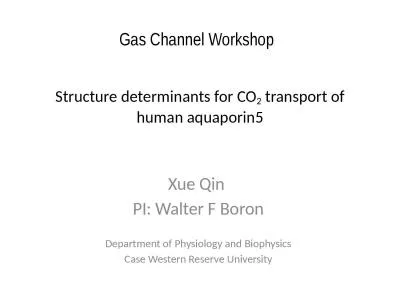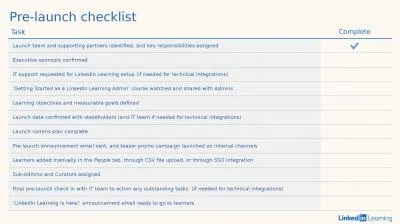PPT-PHS Student Launch Team 2
Author : alida-meadow | Published Date : 2016-09-13
Preliminary Design Review Presentation Launch Vehicle Dimensions Size and mass Length 110 Diameter 55 Mass Without Motor 23636 oz Mass With Motor 31144 oz Stability
Presentation Embed Code
Download Presentation
Download Presentation The PPT/PDF document "PHS Student Launch Team 2" is the property of its rightful owner. Permission is granted to download and print the materials on this website for personal, non-commercial use only, and to display it on your personal computer provided you do not modify the materials and that you retain all copyright notices contained in the materials. By downloading content from our website, you accept the terms of this agreement.
PHS Student Launch Team 2: Transcript
Download Rules Of Document
"PHS Student Launch Team 2"The content belongs to its owner. You may download and print it for personal use, without modification, and keep all copyright notices. By downloading, you agree to these terms.
Related Documents

